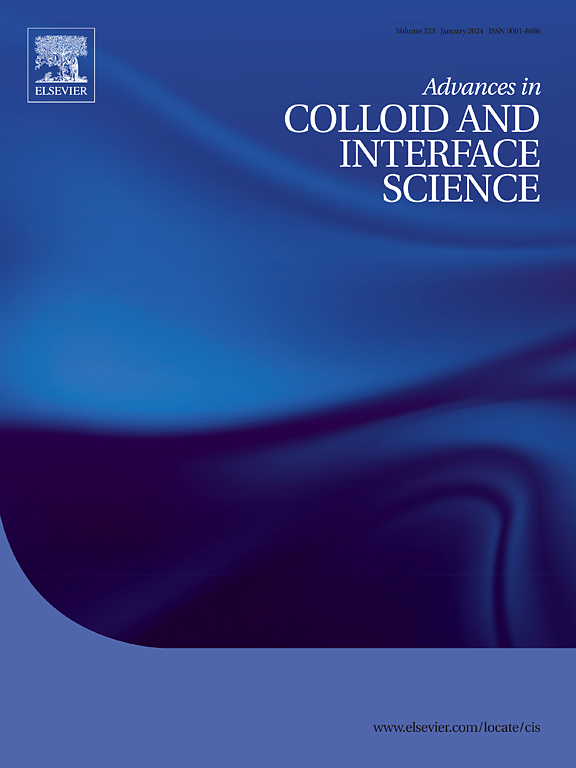Hydrosilylation of porous silicon: Unusual possibilities and potential challenges
IF 15.9
1区 化学
Q1 CHEMISTRY, PHYSICAL
引用次数: 0
Abstract
Among the many types of surface modifications on porous silicon (pSi), hydrosilylation stands out to be an important approach due to the formation of highly stable surface linkage through Si-C bonding. Since its conceptualization in 1998, hydrosilylation had gradually gained popularity for pSi surface modifications and had become an important approach for stabilizing pSi surfaces especially for biological applications. Over the past decade, significant advancements have been made in the hydrosilylation process for modifying porous silicon (pSi) surfaces. These developments have progressed to the point of enabling the incorporation of multiple chemical functionalities onto a single surface. This review aims to highlight the most recent studies on hydrosilylation of pSi surfaces, explore some of the more unconventional reaction mechanisms available in pSi surface chemistry, and discuss the challenges associated with implementing these strategies.

求助全文
约1分钟内获得全文
求助全文
来源期刊
CiteScore
28.50
自引率
2.60%
发文量
175
审稿时长
31 days
期刊介绍:
"Advances in Colloid and Interface Science" is an international journal that focuses on experimental and theoretical developments in interfacial and colloidal phenomena. The journal covers a wide range of disciplines including biology, chemistry, physics, and technology.
The journal accepts review articles on any topic within the scope of colloid and interface science. These articles should provide an in-depth analysis of the subject matter, offering a critical review of the current state of the field. The author's informed opinion on the topic should also be included. The manuscript should compare and contrast ideas found in the reviewed literature and address the limitations of these ideas.
Typically, the articles published in this journal are written by recognized experts in the field.

 求助内容:
求助内容: 应助结果提醒方式:
应助结果提醒方式:


